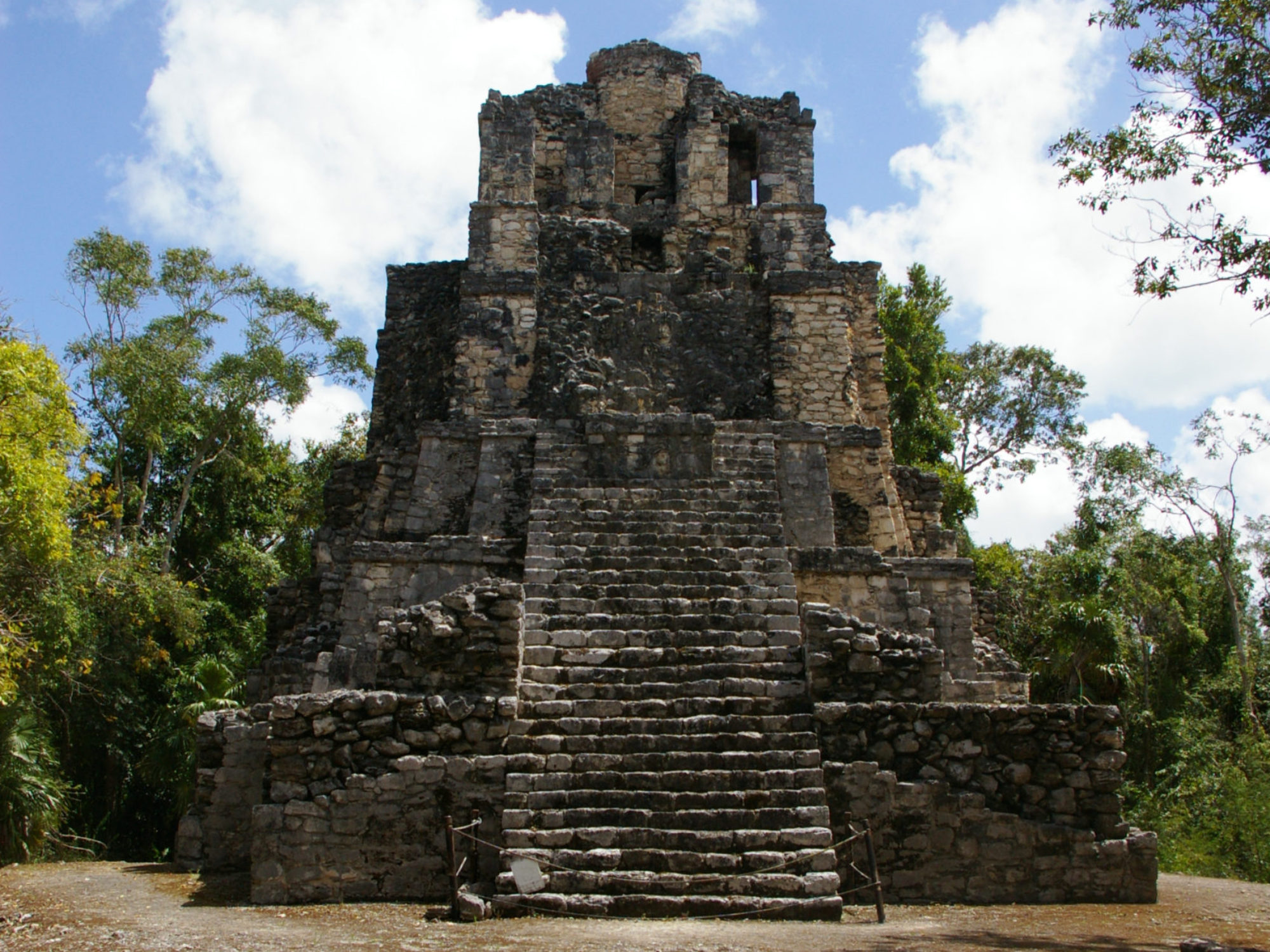February 10, 2018 Cherra Wyllie, PhD: “Classic Veracruz Writing”
Cherra Wyllie, PhD: Morning Glyph Workshop Classic Veracruz Writing Workshop: During the Classic period vast migrations re-shaped the demographics of the Gulf Coast, yet precisely who was in which location at what time period is a matter of debate. This heightens the already daunting challenge of hieroglyphic decipherment. Using the known calendar systems of historic and contemporary Mixe, Nahua, Totonac, and Huastec she looked at the relationship between imagery and the repertoire of signs and their meanings as a primer for linking image with spoken language. Cherra Wyllie is an archaeologist and natural science illustrator. She earned her MA in Archaeological Studies and PhD in Anthropology at Yale University specializing in the iconography and epigraphy of Classic Veracruz, Mexico. She was an Associate Professor at the University of Hartford where she taught ancient and non-western art and archaeology, before moving to New York full time in 2014. She is one of the founding directors of the Pre-Columbian Society of New York and is currently working on the Paul Tolstoy collections in the Anthropology Division of the American Museum of Natural History. Dr. Wyllie has written extensively on central Veracruz sculpture, ceramics, and mural paintings. She has also published on the art of the ancient Near East. 1:30 pm: Room 345: Afternoon Talk: CLASSIC VERACRUZ WRITING:Ancient Veracruz was home to two extant scripts. The most renowned of these was the so-called Epi-Olmec writing system found predominantly in the Mixtequilla-Tuxtlas region of south-central Veracruz. During the Classic period the script evolved from use in text-based narrative, with images serving as static illustrations, to image-based conveyance using a limited number of hieroglyphs to provide captions to the imagery. At the site of El Tajin, using an independently conceived script, hieroglyphs also serve as captions in pictorial narratives. Additionally central Mexican writing systems appear on Classic Veracruz monuments at sites including Piedra Labrada and Maltrata. This presentation examined the diagnostic attributes of Classic Veracruz scripts, paying special attention to the respective characteristics of calendric signs and toponyms.

